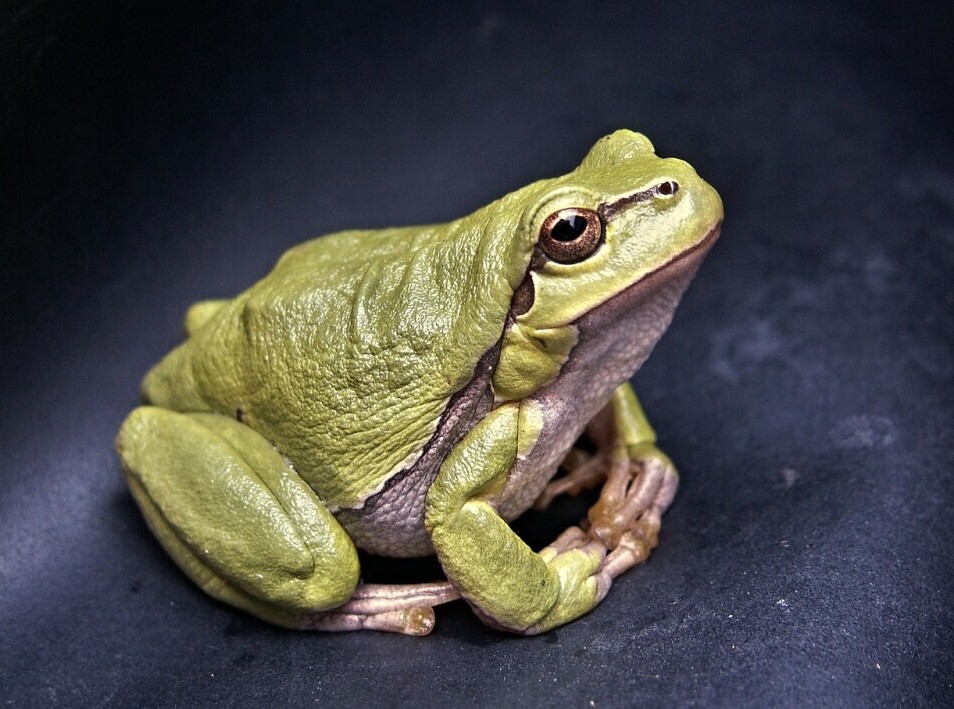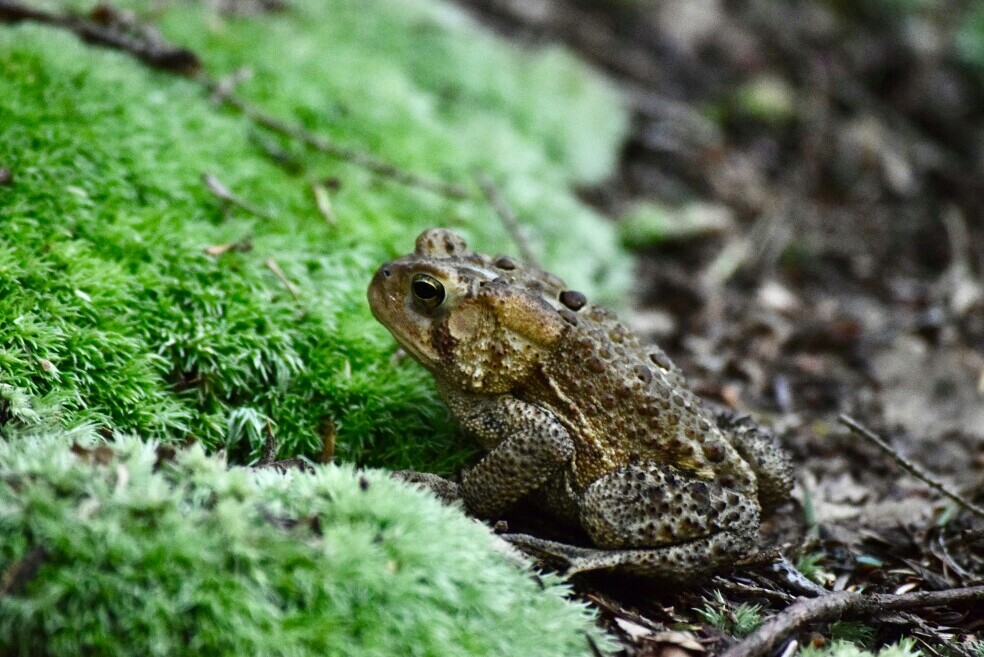Frogs and toads might seem like just another small part of nature, but they pack a big punch in their ecosystems. They’re like the unsung heroes of the animal kingdom. These amphibians play essential roles in keeping everything balanced.

First off, they’re fantastic for keeping insect populations in check. Frogs and toads munch on pests that are harmful to crops and even mosquitoes that can spread diseases. Without them, we’d be dealing with way more bugs, and not in a good way!
But their role doesn’t stop at pest control. They’re also major players in the food web. Birds, fish, mammals, and even other amphibians prey on them, helping to sustain diverse wildlife populations. You can think of frogs and toads as a living link that keeps the circle of life turning.
Then, there’s their role in biodiversity. Frogs and toads contribute to genetic diversity in their habitats. A high level of biodiversity means a healthier, more resilient ecosystem. When these amphibians thrive, it’s a sign that the environment is doing well. On the flip side, their decline usually hints at broader environmental issues.
And here’s a cool fact: frogs and toads are bio-indicators. This means they help scientists track the health of the environment. Their sensitive skin absorbs chemicals and pollutants from the water and soil. So, when something’s off, they’re often the first to show signs of trouble, acting like a natural warning system that something’s wrong. It’s sort of like having a built-in environmental alarm clock.
Lastly, even on a human-centric note, these creatures have inspired medical and technological advances. Researchers study amphibian skin secretions for potential new medicines and have drawn ideas from their unique abilities for human applications. In short, the world without frogs and toads would be a much different—and far less balanced—place.

Understanding Conservation Status: Criteria and Classifications
The conservation status of species is like a health check-up for wildlife, telling us which animals need urgent care and which are doing just fine. When it comes to frogs and toads, understanding their conservation status helps prioritize efforts to protect them.
The International Union for Conservation of Nature (IUCN) Red List is the go-to resource for this. It classifies species into categories like ‘Least Concern’, ‘Vulnerable’, ‘Endangered’, and ‘Critically Endangered’. Each category gives an idea of how close a species is to extinction. But it’s not just a simple label. This status is determined through rigorous assessment based on several criteria.
Population size is a biggie. Scientists look at how many individuals are left in the wild and whether their numbers are increasing, stable, or dwindling. A species with a small, declining population might be classified as ‘Endangered’ or ‘Critically Endangered’.
Geographic range is another crucial factor. If a frog or toad species is found only in a specific, limited area, it’s at higher risk. Limited range means that any localized threats, like habitat destruction or environmental changes, can have devastating impacts.
Then, there’s habitat quality. If the environment where these amphibians live is degrading—think pollution, deforestation, or climate change—their conservation status takes a hit. Poor habitat conditions can lead to lower survival and reproduction rates, pushing species closer to the brink.
Let’s not forget threats from humans either. Overharvesting, illegal pet trade, and diseases introduced by human activity also play a role in determining the conservation status. The spread of the chytrid fungus, for instance, has decimated amphibian populations worldwide.
By understanding all these factors, conservationists can make better decisions about which species need immediate intervention and what actions will be most effective. Knowledge is power, and in this case, it’s the power to save lives.
Endangered Frog Species: A Closer Look at the Most Vulnerable
When talking about endangered frogs, it’s essential to spotlight a few with the most precarious situations. These little guys are hanging by a thread, and understanding their struggles can help us rally behind conservation efforts.
First up is the Golden Poison Frog, native to Colombia’s rainforests. This tiny frog, striking with its vibrant yellow skin, is critically endangered due to habitat loss and pollution. The irony? Its skin secretes a toxin potent enough to kill humans. Yet, despite this formidable defense, it’s losing the battle against human-caused threats.
Then there’s the Mountain Chicken Frog, found in the Caribbean islands of Dominica and Montserrat. Don’t let the quirky name fool you; this frog is seriously at risk. Once considered a local delicacy (hence the name), it’s now critically endangered due to habitat loss, volcanic eruptions, and the deadly chytrid fungus.
Another one to note is Australia’s Corroboree Frog. It’s got striking yellow and black stripes, making it quite the looker. However, both the Southern and Northern variants are critically endangered. The main threats? Habitat destruction and the pervasive chytrid fungus, which has wiped out large portions of their populations.
Madagascar’s Rainforest Frogs also make the list, suffering from severe habitat fragmentation and deforestation. These frogs are incredibly diverse, with many species still being discovered. Unfortunately, many are already on the edge due to the rapid loss of their forest homes.
Conservation efforts for these frogs include habitat restoration, captive breeding programs, and research into disease management. For example, scientists are working on developing treatments for the chytrid fungus to bolster wild populations.
Threatened Toad Species: Challenges and Protection Measures
Toads are facing their own set of daunting challenges, and some species are in particularly hot water. Recognizing these threats is the first step toward taking action.
Take the Houston Toad, for instance. Native to Texas, it’s one of the most endangered toads in the United States. The biggest enemy here? Habitat loss due to urban development and agriculture. Efforts to save the Houston Toad include habitat restoration and breeding programs.
Then there’s the Natterjack Toad. Found in parts of Europe, it’s up against habitat fragmentation and pollution. Conservationists are stepping in with measures like creating and maintaining breeding ponds and controlling vegetation that competes with the toad’s habitats.
The Amargosa Toad, native to Nevada, has its own struggles. Water diversion and habitat degradation are major threats. Conservation projects focus on monitoring populations, protecting habitats, and even creating artificial breeding sites to boost their numbers.
In the UK, the Toad Patrollers are doing incredible work to save Common Toads from road mortality during their migration. These volunteers literally carry toads across roads during breeding season to ensure they reach their destination safely. It’s a simple yet highly effective way to reduce casualties.
Conservation is all about tailored strategies. What’s working for one species might not for another. Localized efforts, community involvement, and ongoing research are key. Whether it’s restoring wetlands or building tunnels under roads, every little bit helps ensure these toads stick around for the long haul.
Case Studies: Successes and Failures in Amphibian Conservation
Conservation efforts have their highs and lows, and there’s a lot to learn from both. Let’s explore some success stories and places where things didn’t quite go as planned.
First, let’s talk about the Kihansi Spray Toad. Native to Tanzania, these tiny toads were thought to be extinct when their habitat was hit by a dam project. Thankfully, scientists had a backup plan. They’d already started a captive breeding program. Once the habitat conditions were restored, the toads were reintroduced successfully. This is a great example of how proactive conservation can save a species even when disaster strikes.
Another win is the Mountain Yellow-Legged Frog in California. Once nearly wiped out by disease and invasive species, a coordinated effort between zoos, researchers, and government agencies managed to bring these frogs back from the brink. Intensive care in controlled environments and strategic reintroductions have helped stabilize their population.
But not all stories have a happy ending. Take the story of the Costa Rican Golden Toad. Despite efforts to protect its cloud forest habitat, the species has not been seen since 1989. Climate change and disease were simply too overwhelming, giving us a sobering reminder that sometimes, even our best efforts aren’t enough.
Then there’s the case of the Gastric-Brooding Frog from Australia. This unique frog, which gave birth through its mouth, disappeared completely due to habitat loss and disease before any conservation measures could be put in place. Its loss underscores the need for timely action before it’s too late.
Innovative approaches are making waves too. In Panama, scientists have built frog shelters dubbed ‘amphibian arks’ to house species affected by chytrid fungus. They’re also working on developing treatments to reintroduce healthy amphibians back into the wild.
Every success and every failure offers lessons. Adaptability, early intervention, and sometimes, just a bit of creativity can mean the difference between life and extinction for these incredible amphibians.
How Can You Help? Steps for Protecting Frogs and Toads
You don’t need to be a scientist or a conservation expert to make a difference in the lives of frogs and toads. There are plenty of simple, practical steps you can take right in your own community.
First, create a frog-friendly garden. By setting up a small pond or water feature, you provide a habitat where frogs and toads can thrive. Add native plants around the water to offer shelter and food. Avoid using pesticides as they can be toxic to these little critters.
Second, support local conservation groups. Whether it’s through donations, volunteering, or participating in citizen science projects, your involvement makes a huge impact. These organizations often run breeding programs, habitat restoration projects, and educational outreach to help protect amphibian populations.
Next, be mindful of your water use. Frogs and toads depend on clean water to survive. Simple actions like reducing runoff from your property, properly disposing of chemicals, and supporting policies that protect wetlands can make a big difference.
Raising awareness is another powerful tool. Share information about endangered frog and toad species on social media, talk to friends and family, or even organize local events to educate others. The more people know about the issues, the more support conservation efforts will get.
Lastly, support policies and initiatives aimed at conservation. Stay informed on local and global environmental issues and vote for legislation that benefits wildlife. Write to your local representatives to express your support for conservation initiatives.
Every little action counts. Together, we can ensure that future generations will still hear the croaks and peeps of frogs and toads in our ecosystems.
